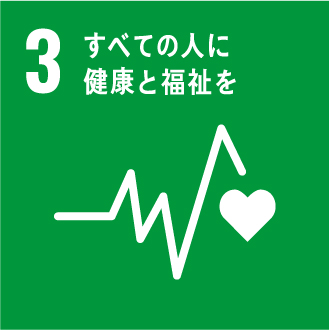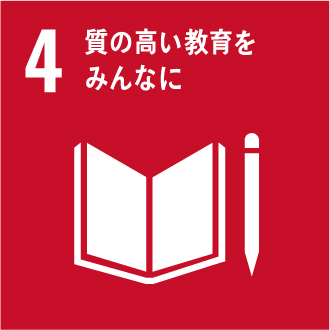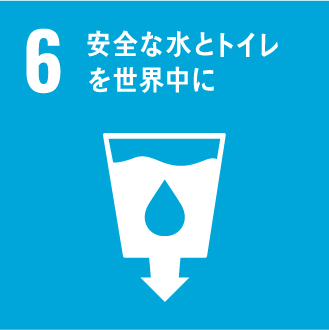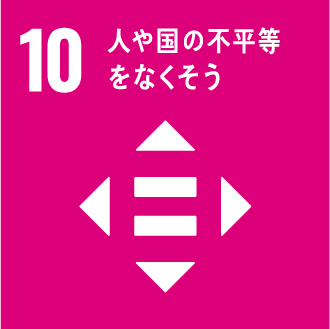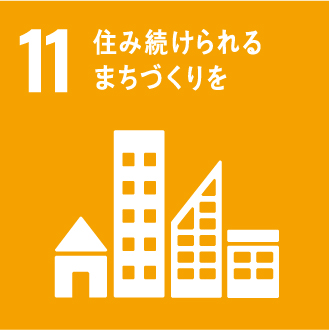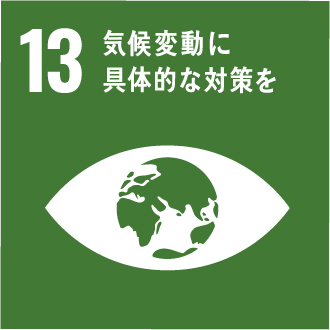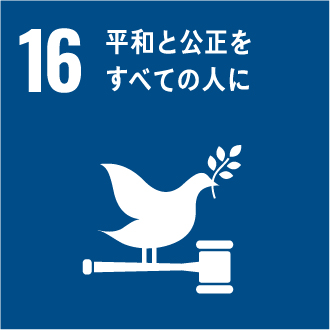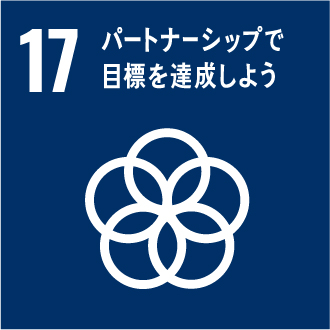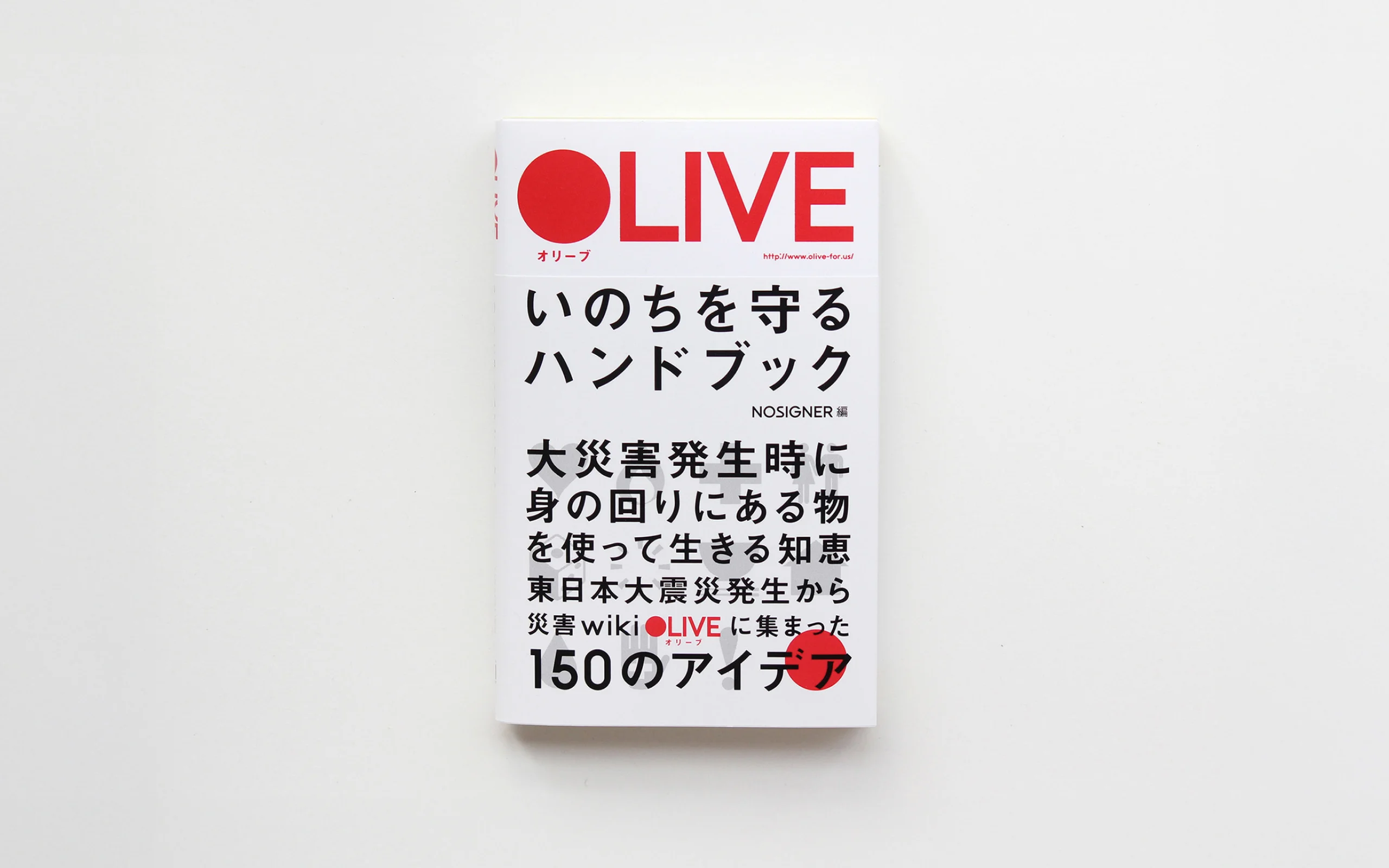
PROJECT
OLIVE
Launched a disaster relief information wiki site 40 hours after the Great East Japan Earthquake, reaching millions of users.
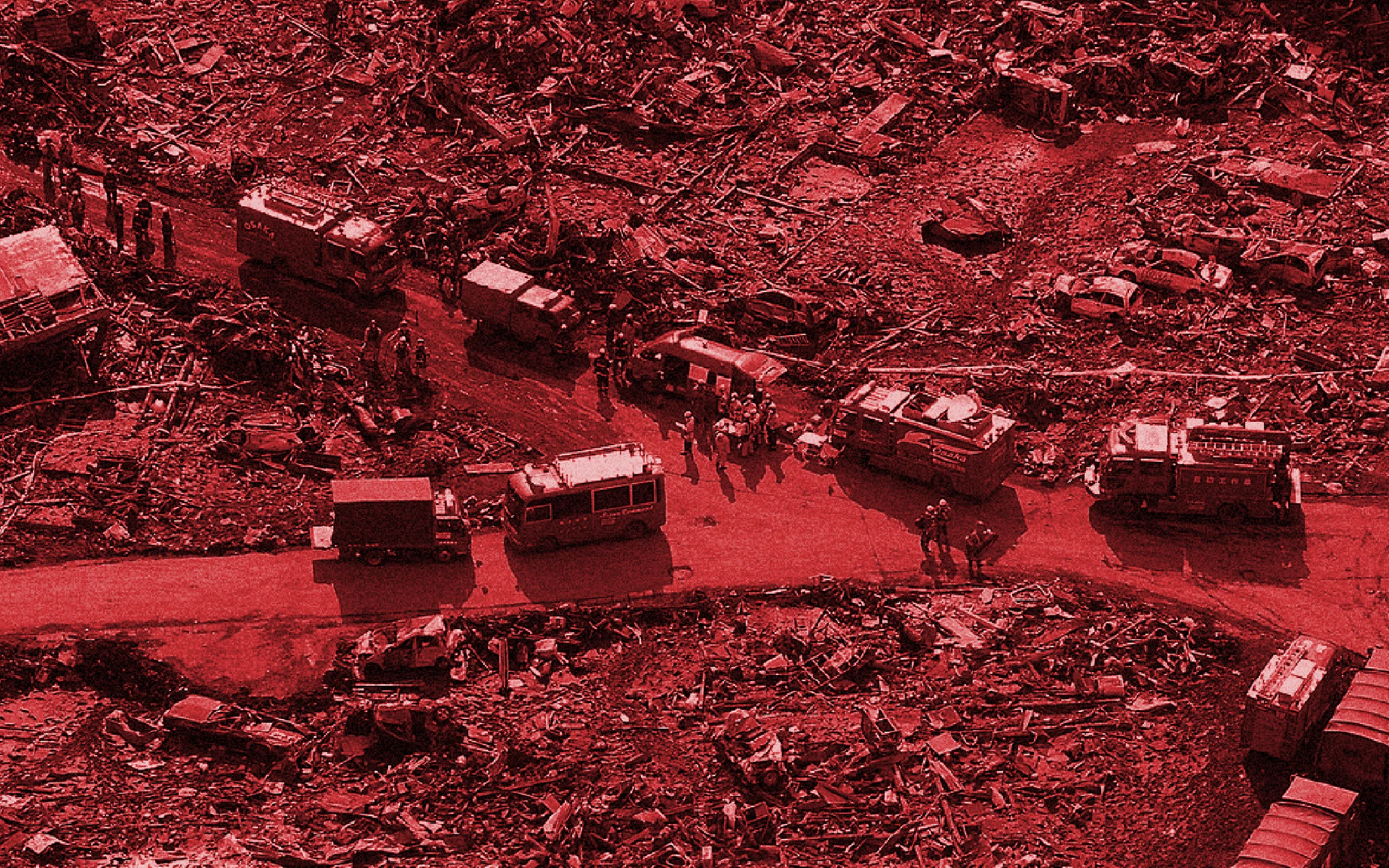
WHY
The day of
the greatest disaster
in history.
The Great East Japan Earthquake struck at 2:46 PM on March 11th, 2011. The most powerful earthquake recorded in Japan at a magnitude of 9.0, it resulted in the largest economic damage ever caused by a natural disaster in world history. The eastern coast of Japan, where many people live, was devastated by a massive tsunami that left 18,425 people dead or missing in its wake. The accident that occurred at the Fukushima nuclear power plant also forced many residents to evacuate their homes.
In the aftermath of the greatest disaster in the world in the past century, we felt that we had to render immediate assistance to disaster victims who found themselves without any lifeline. It seemed like there was almost nothing we could do with our design skills, but we believe that it was precisely these testing circumstances that had ignited the potential of human creativity.
The scale of the Great East Japan Earthquake
Sufficiency of government information
HOW
A wiki that delivers
designs for survival
to disaster victims.
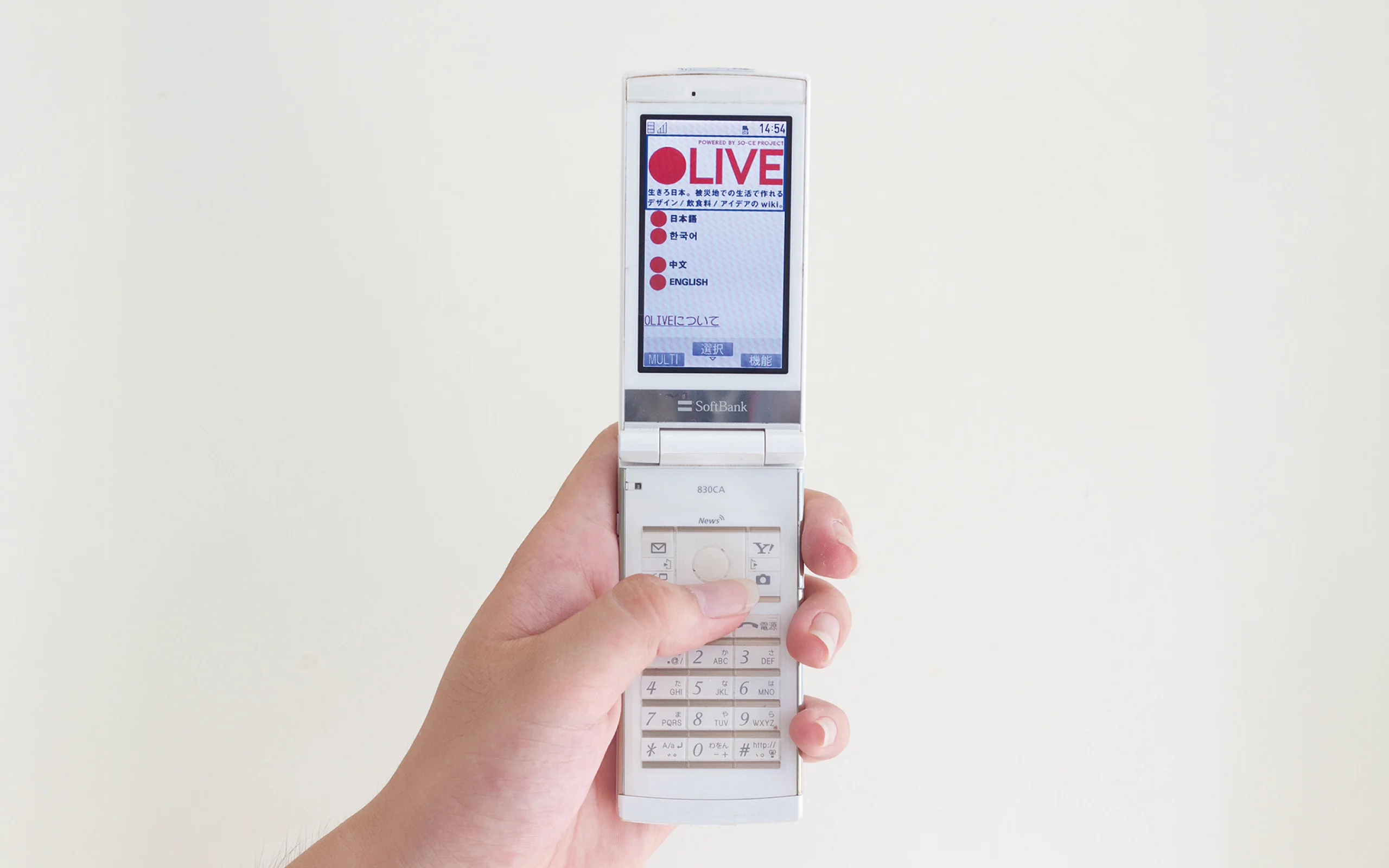
After the Great East Japan Earthquake struck, we scoured the internet to see if there was anything we could do, and we found that many people who had wanted to help victims in the affected areas were disseminating information on their own. However, given the nature of the internet as a vast sea of information, any knowledge and know-how that may be useful in times of disaster will be lost in no time if we do not create a repository for this information.
This prompted us to create a wiki to centralize and share information that is useful when disasters strike. We named this website OLIVE, which combines “O” (the rising sun in the flag of Japan) and “LIVE” with the hope that it will serve as a rallying cry for Japan. The website gathers ideas from all over the world on how to make things essential for surviving in a disaster area that lacks supplies using materials from the surroundings. OLIVE attracted 1 million page views in just three weeks, in which time it was estimated that its information has been successfully disseminated to over 10 million people owing to the Ministry of Health, TV stations, and newspapers.
OLIVE has since been translated into English, Chinese, and Korean with the help of volunteers, and it has continued to expand as a disaster relief database that draws on our collective knowledge.

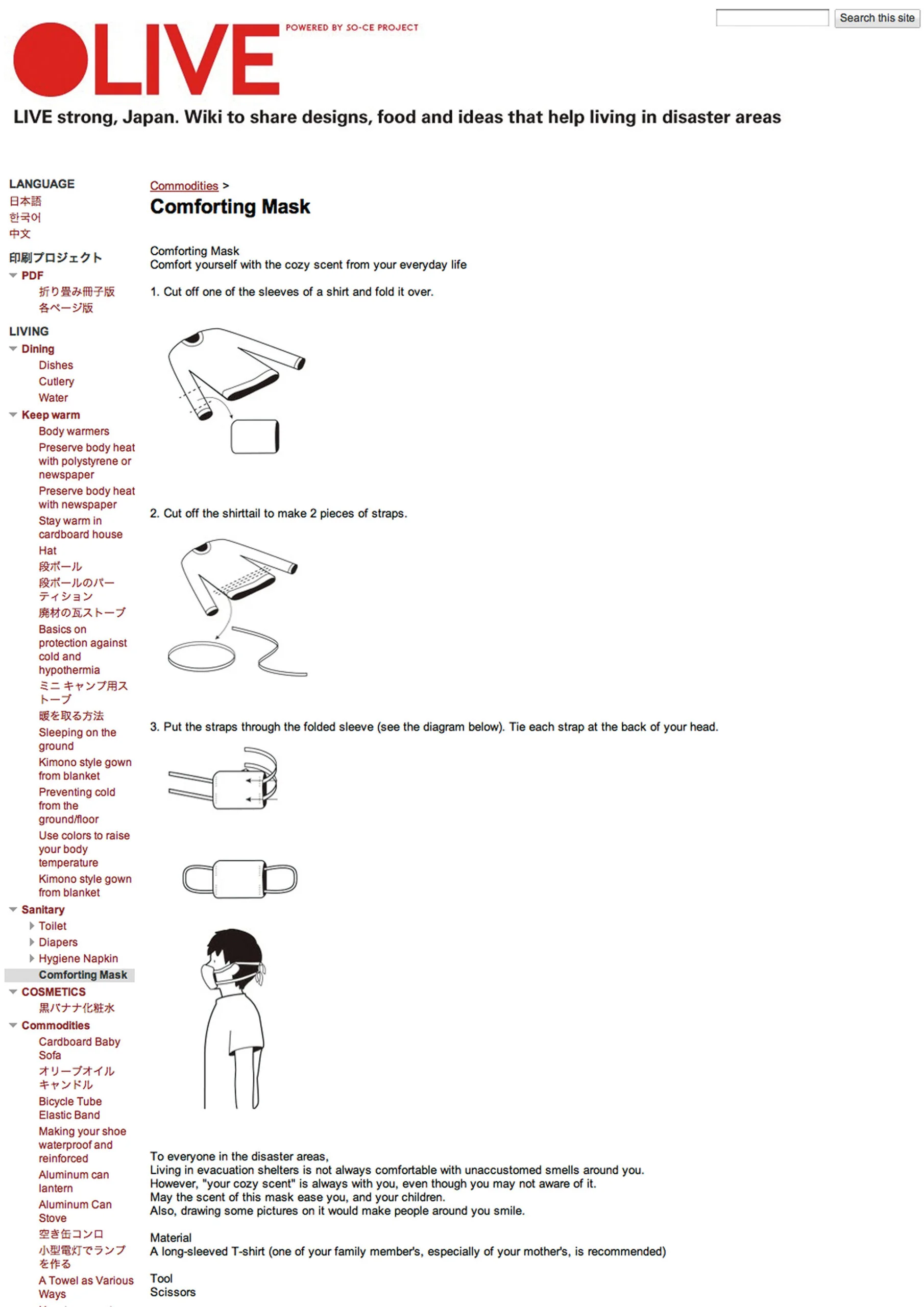
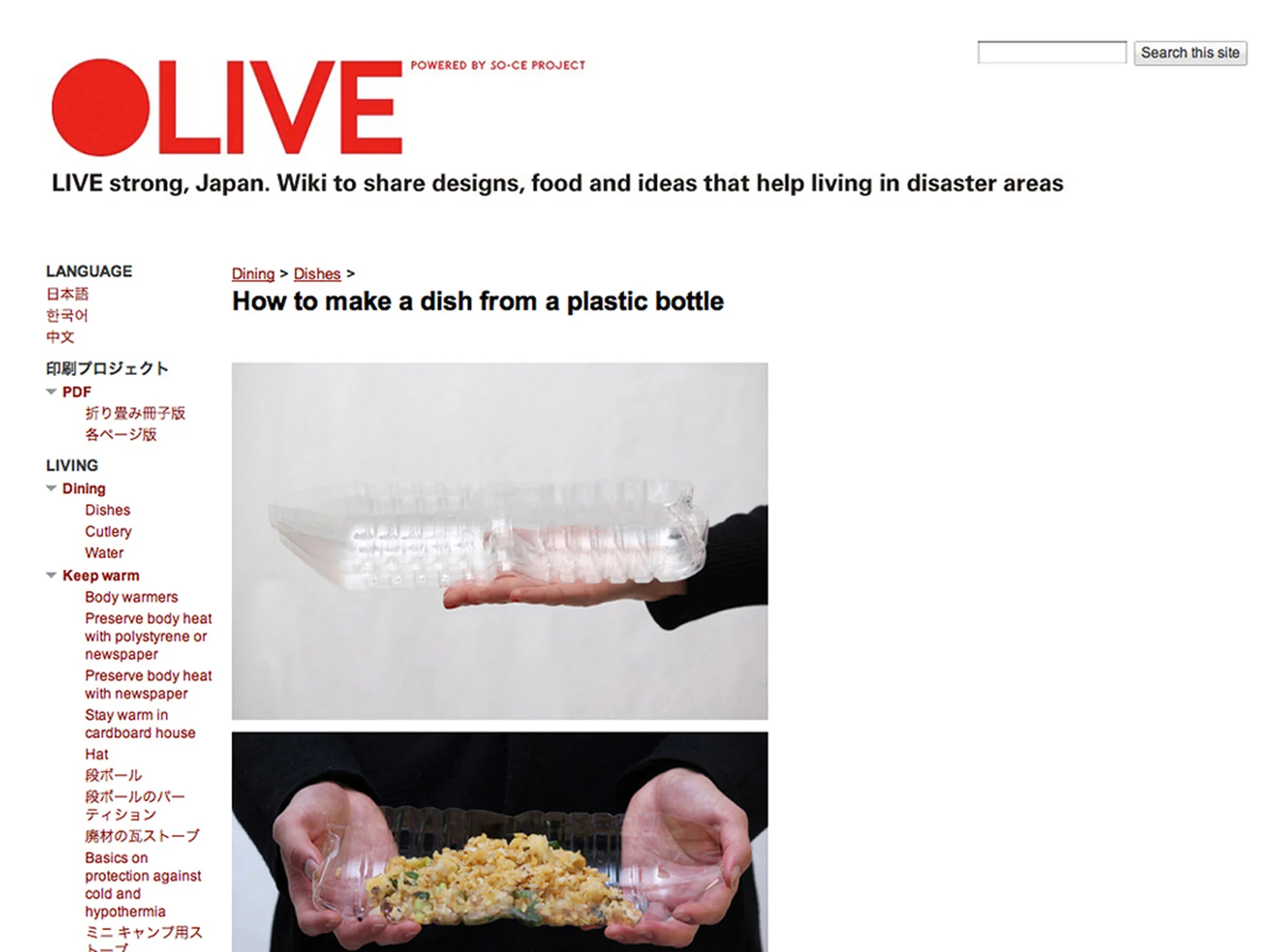
CLIENT VOICE
OLIVE = ● (the red sun of Japan) + LIVE (“Live on!”). What a clear and powerful message this was for the victims of the Great East Japan Earthquake—and for everyone who supported them. That was my first impression when I encountered OLIVE.
Eisuke Tachikawa has a way of taking “design”—a field so often tied only to material or visual elements—and elevating it into something much broader, something that flows freely into our ways of thinking, our daily lives, and even our way of being.
I first met him in September 2021 at the Phase Free Award ceremony, and we crossed paths several times afterward through work. The more I came to know him, the more interested I became in his ideas. That led me to read
Evolutional Creativity. I was deeply moved by how he drew connections between biological evolution and human creativity, and organized it into a coherent framework. For me, someone who has long been involved in research, it was an approach full of insights and relevance. My copy—over 500 pages long—ended up filled with red notes from cover to cover.
That was how my relationship with him began. And despite his stature as a great designer, I was struck by how approachable he is, and how much care he shows toward the people around him.
We are now entering an era where it’s not always clear what is “right.” But what is beyond doubt is that we face real challenges—whether in disaster response, climate change, or other pressing issues. The power of design has something to offer here. Eisuke Tachikawa and NOSIGNER have shown us just how great that potential can be. I look forward to seeing how far they will go from here.
International Research Institute of Disaster Science (IRIDeS), Tohoku University Professor
Osamu Murao
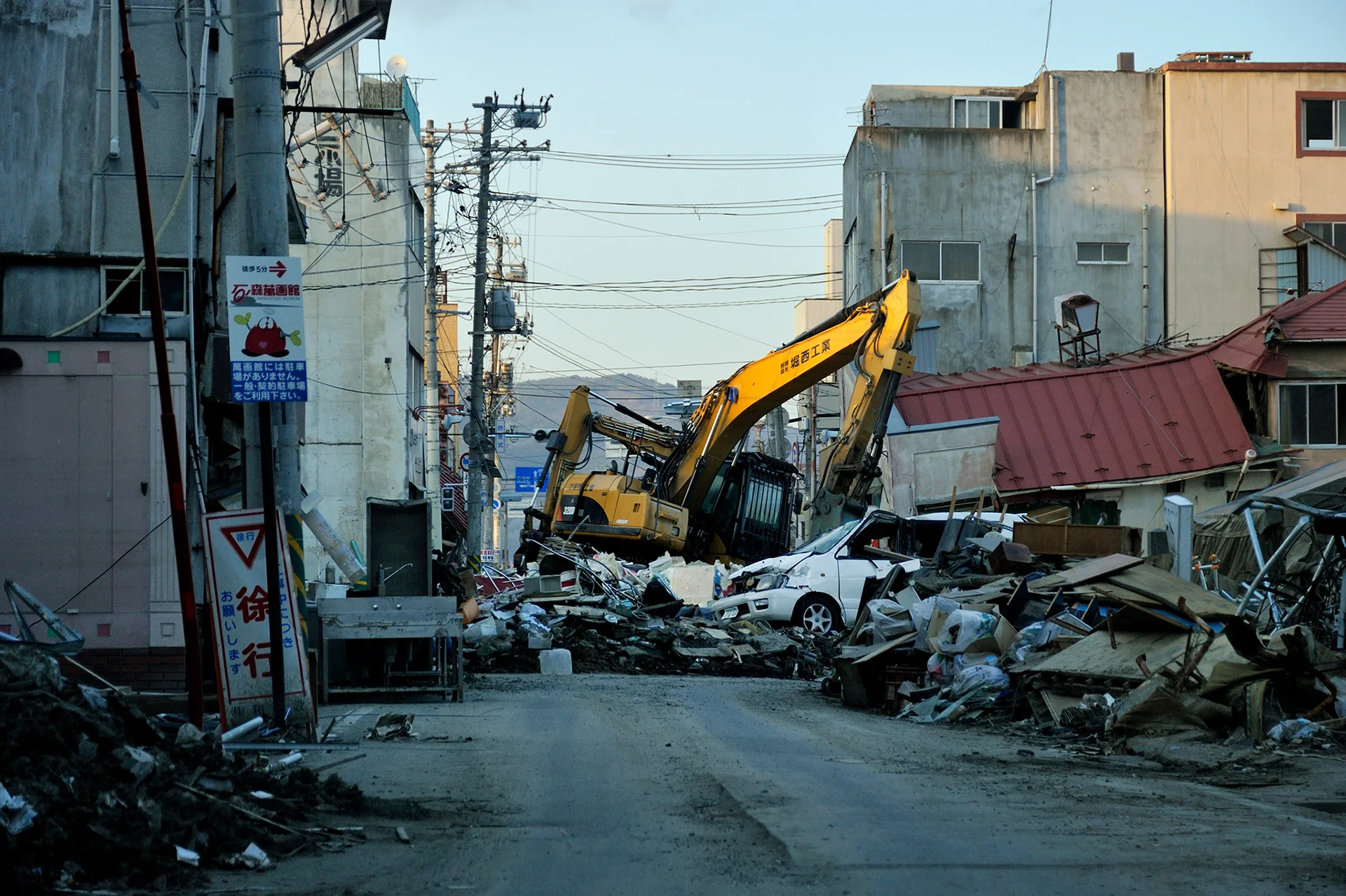
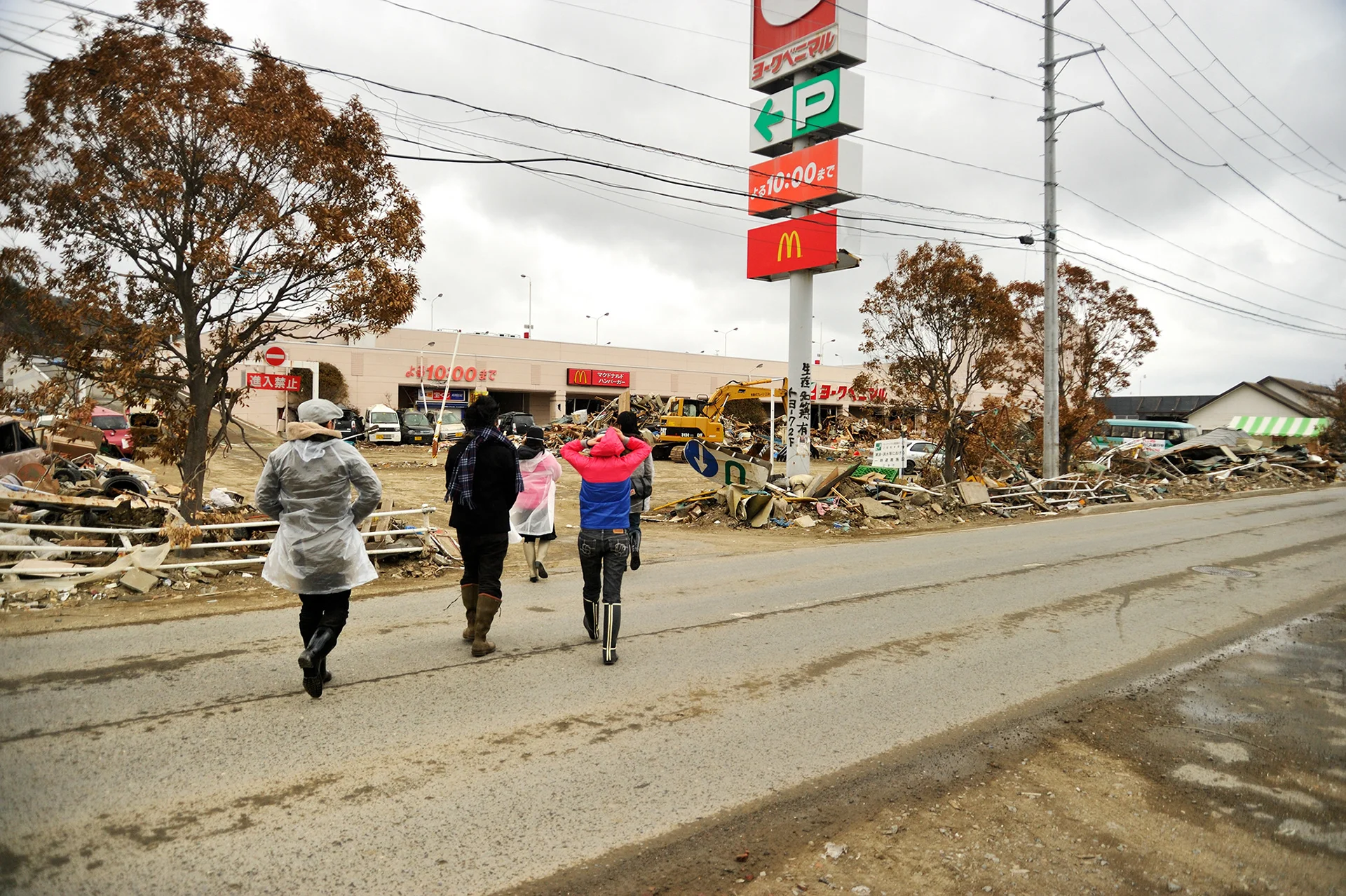
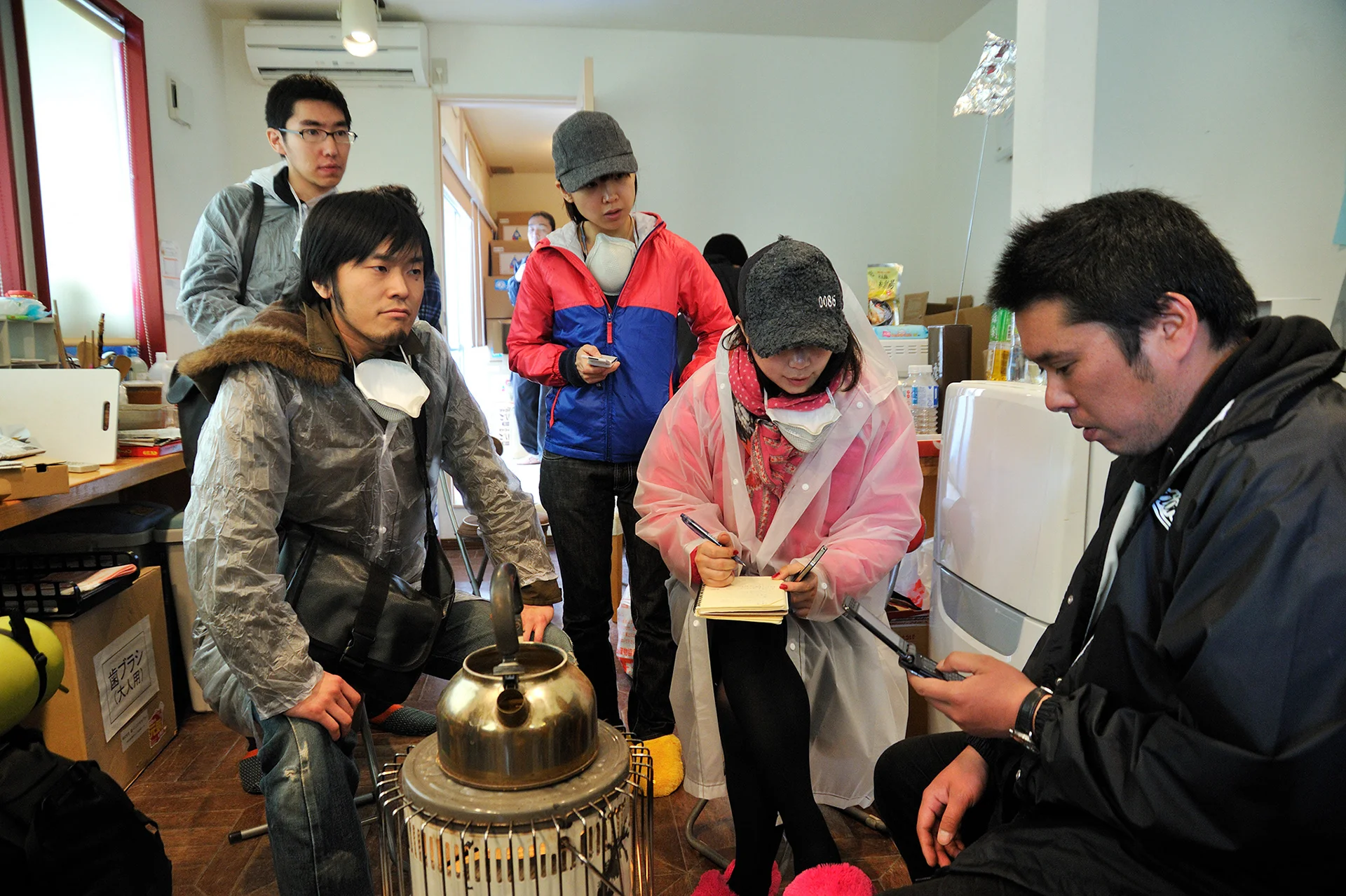
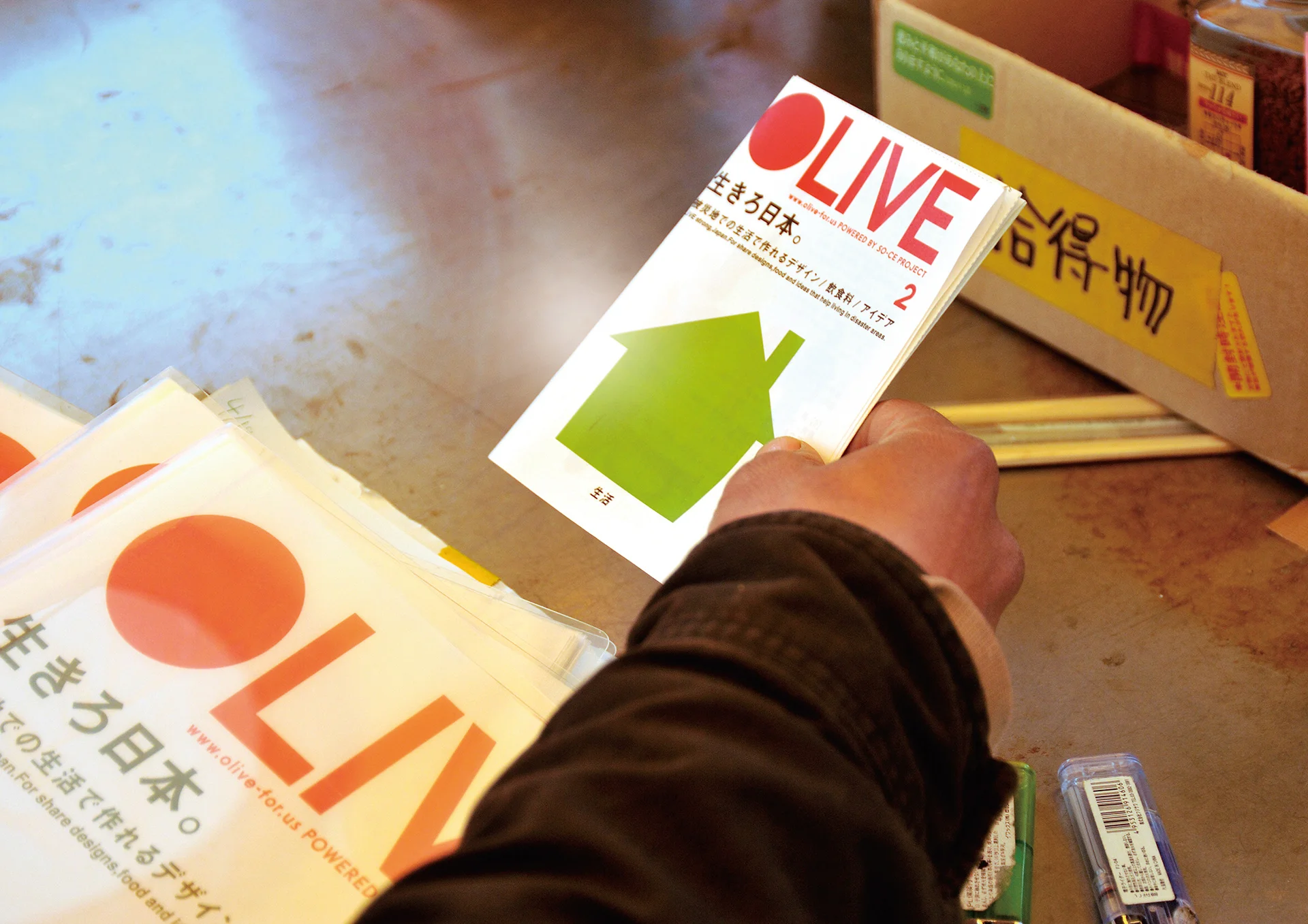
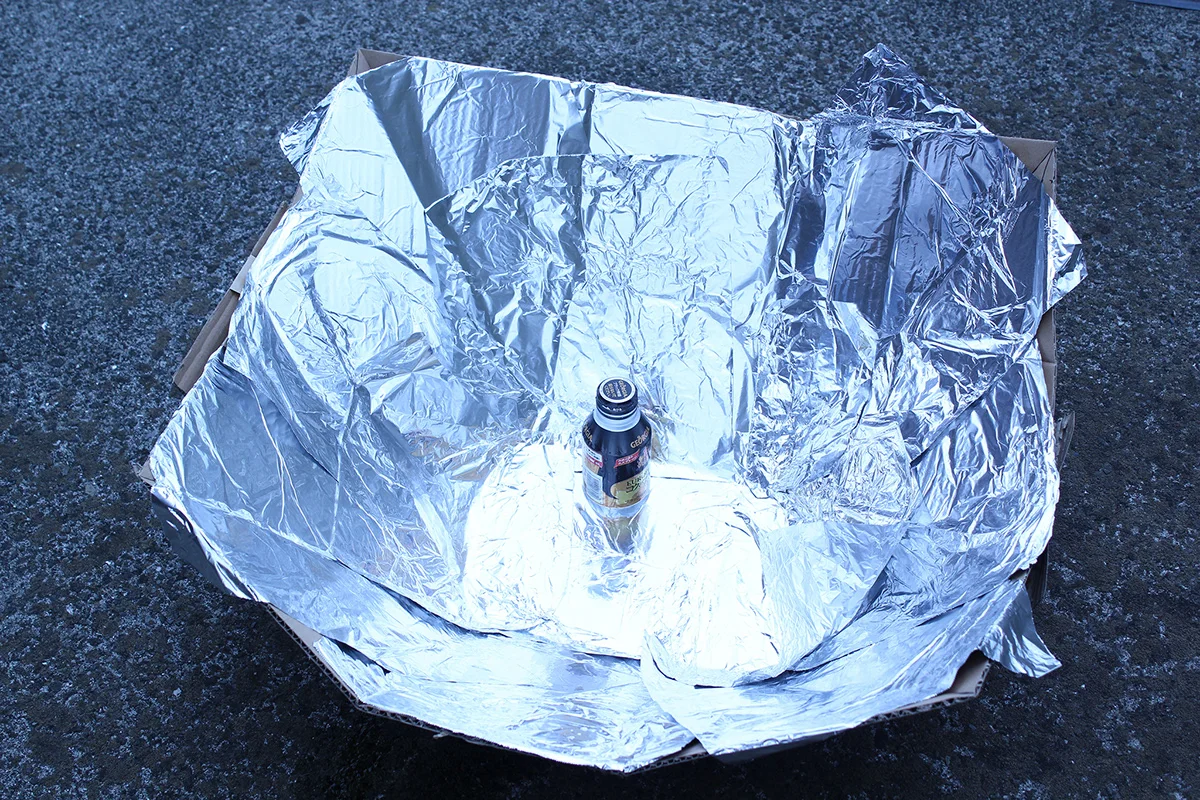
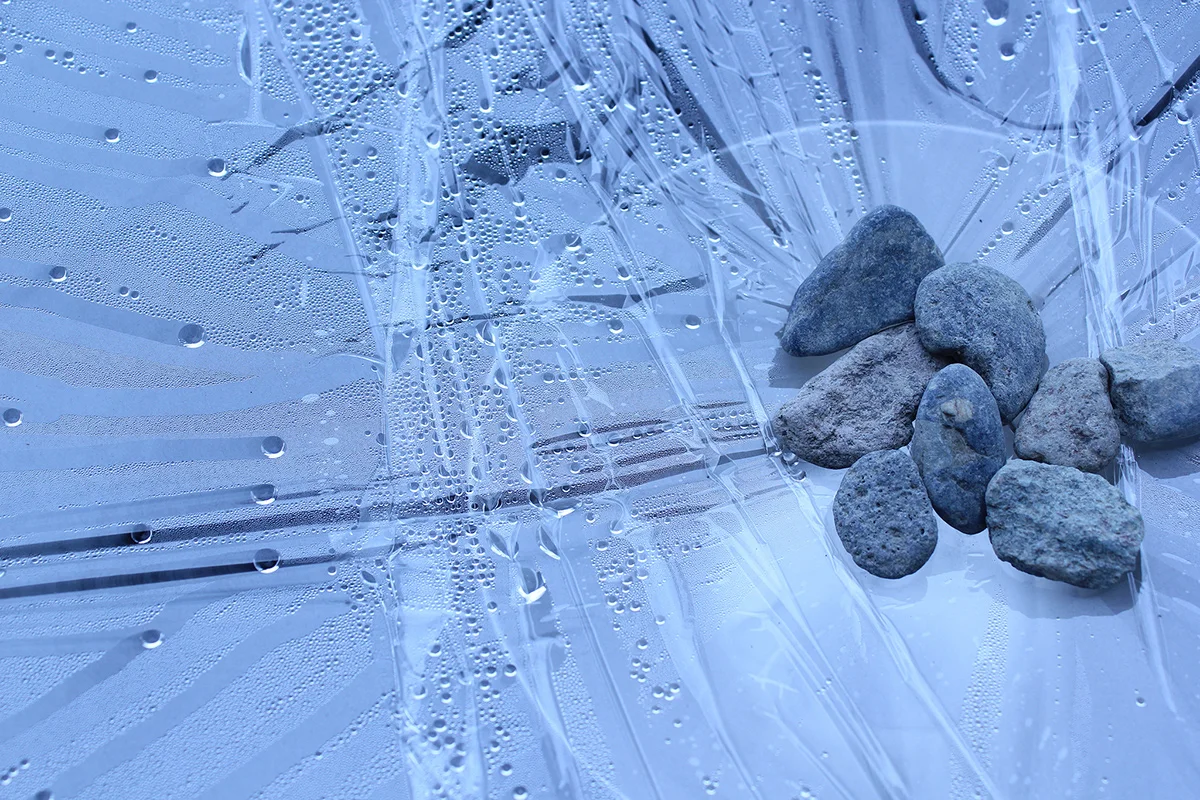
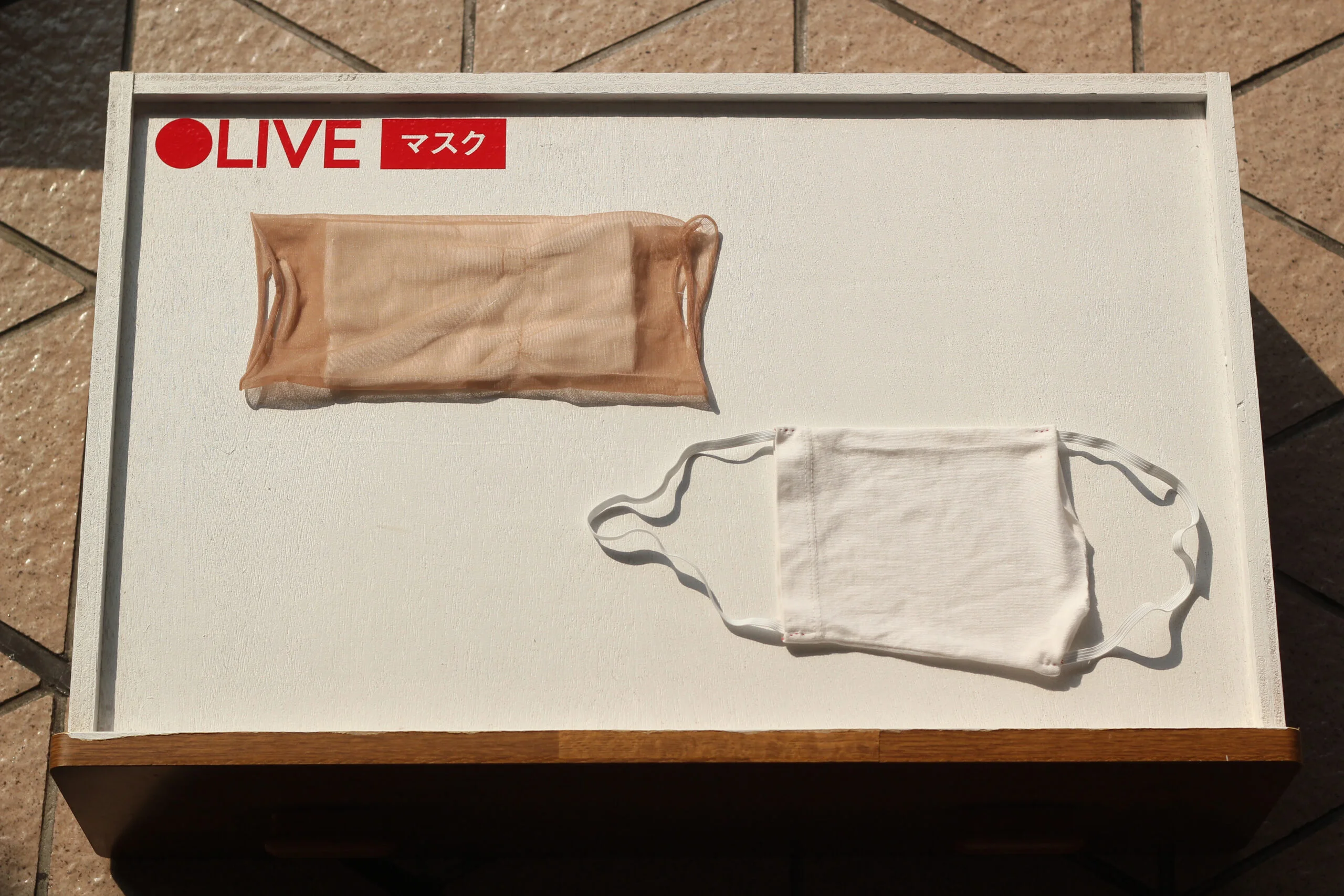
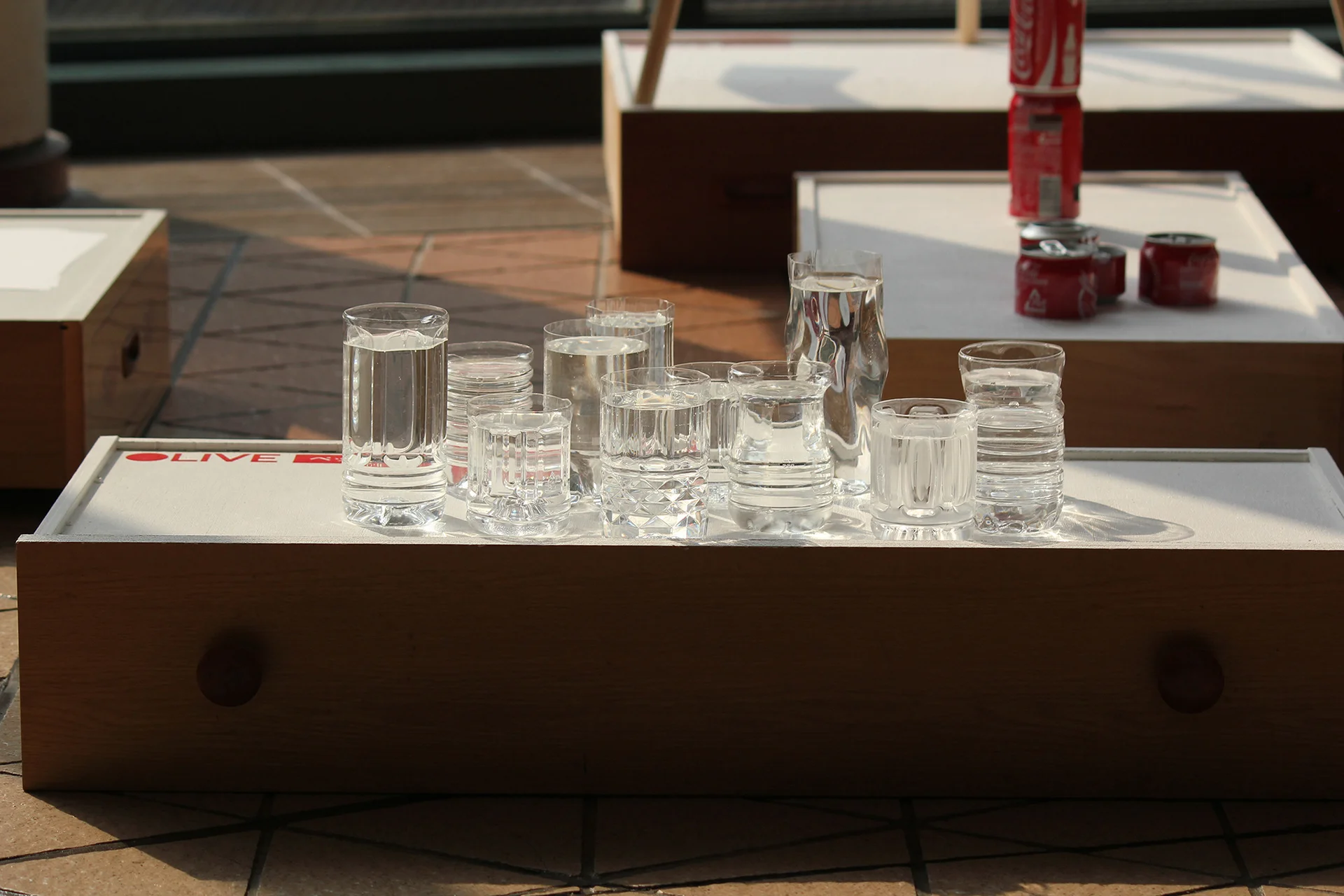
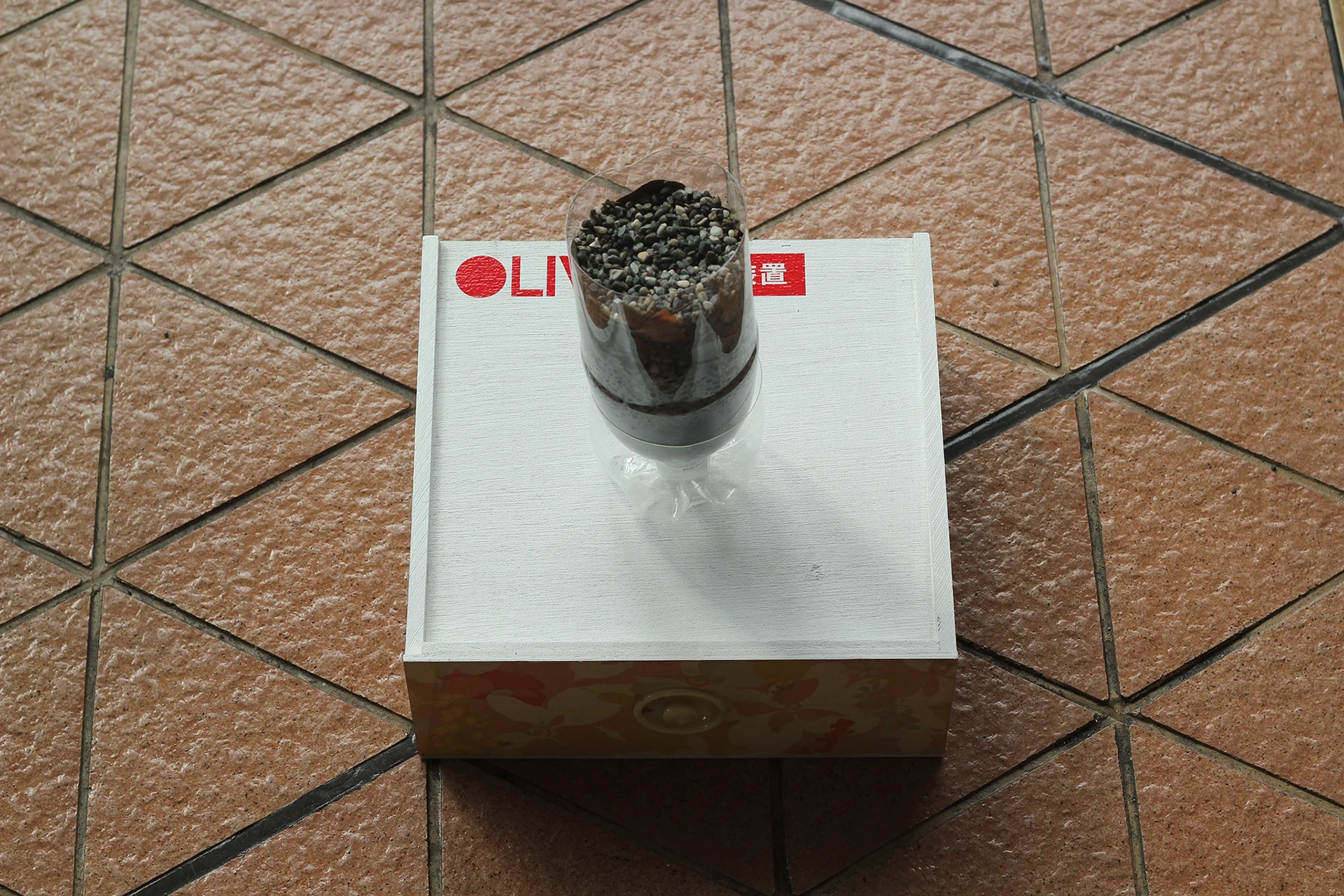
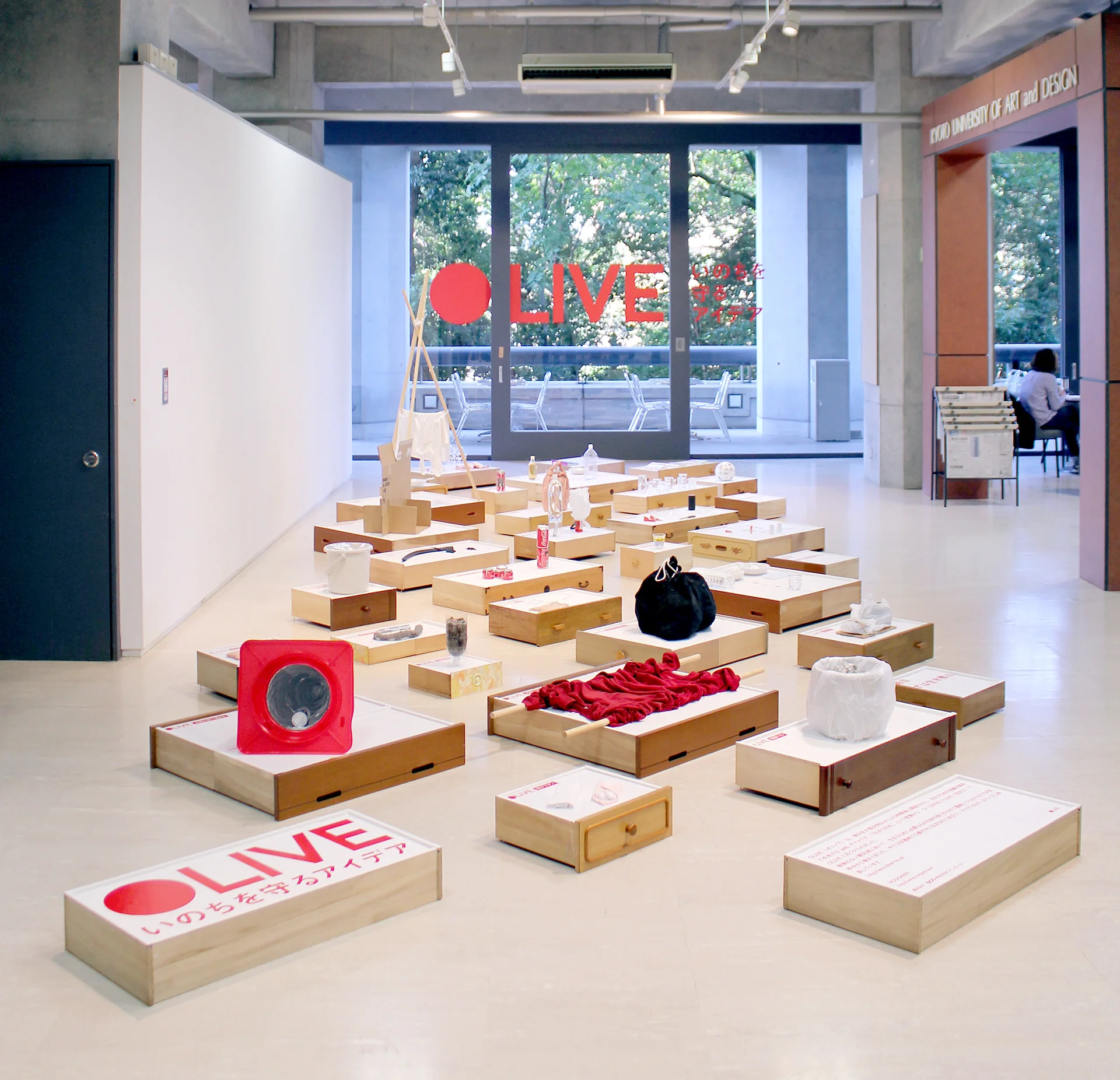
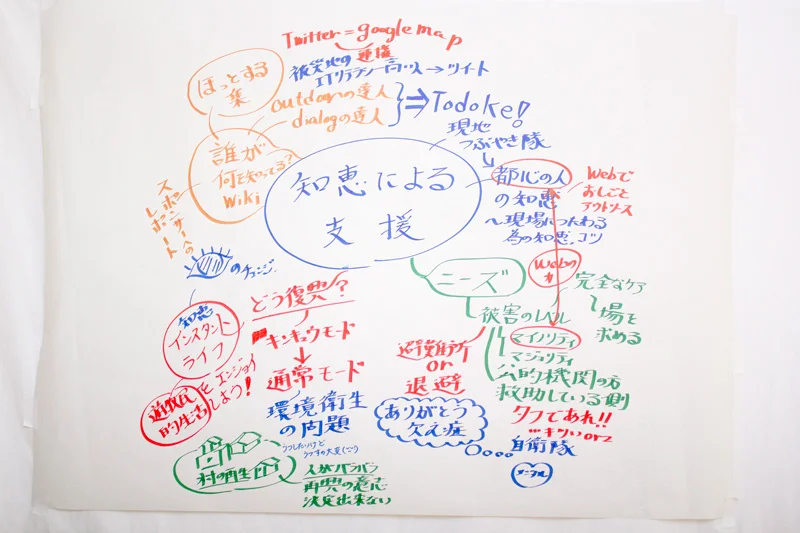
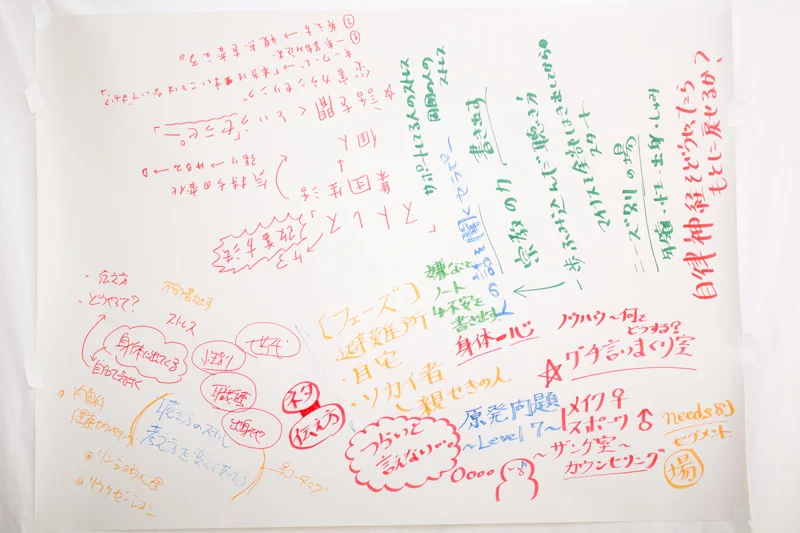
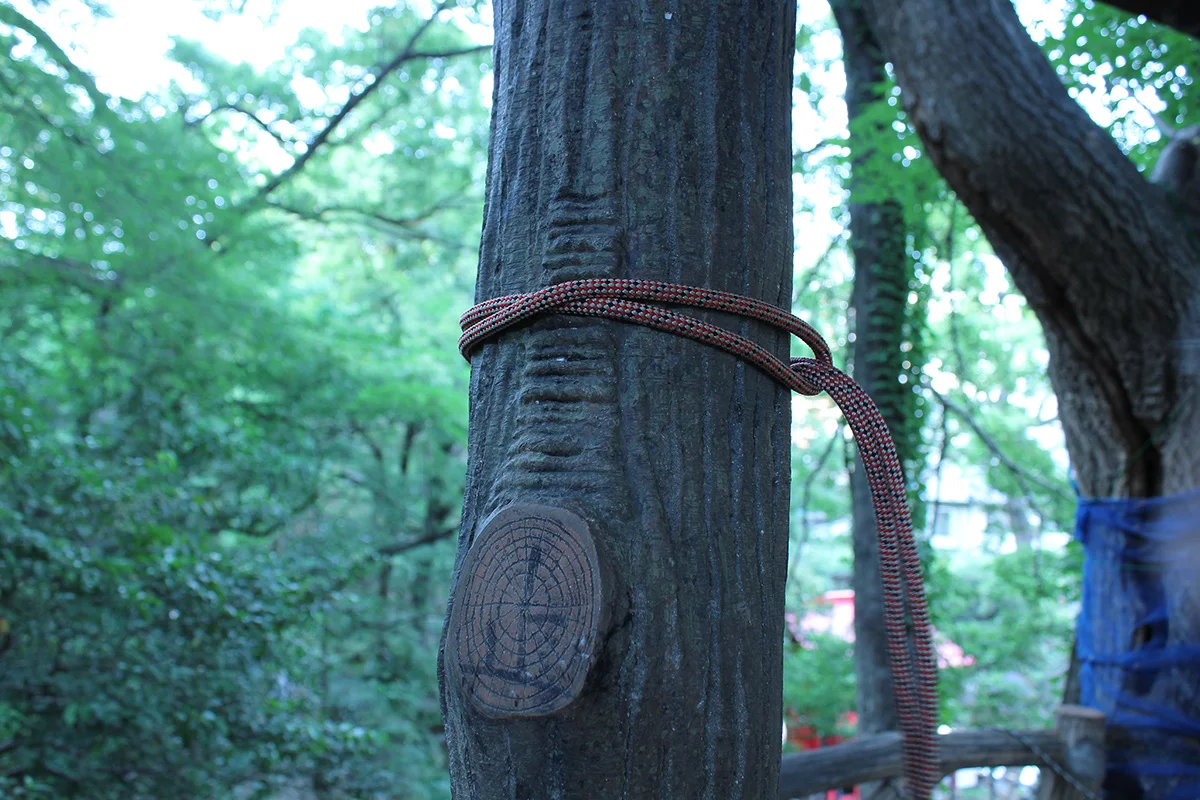


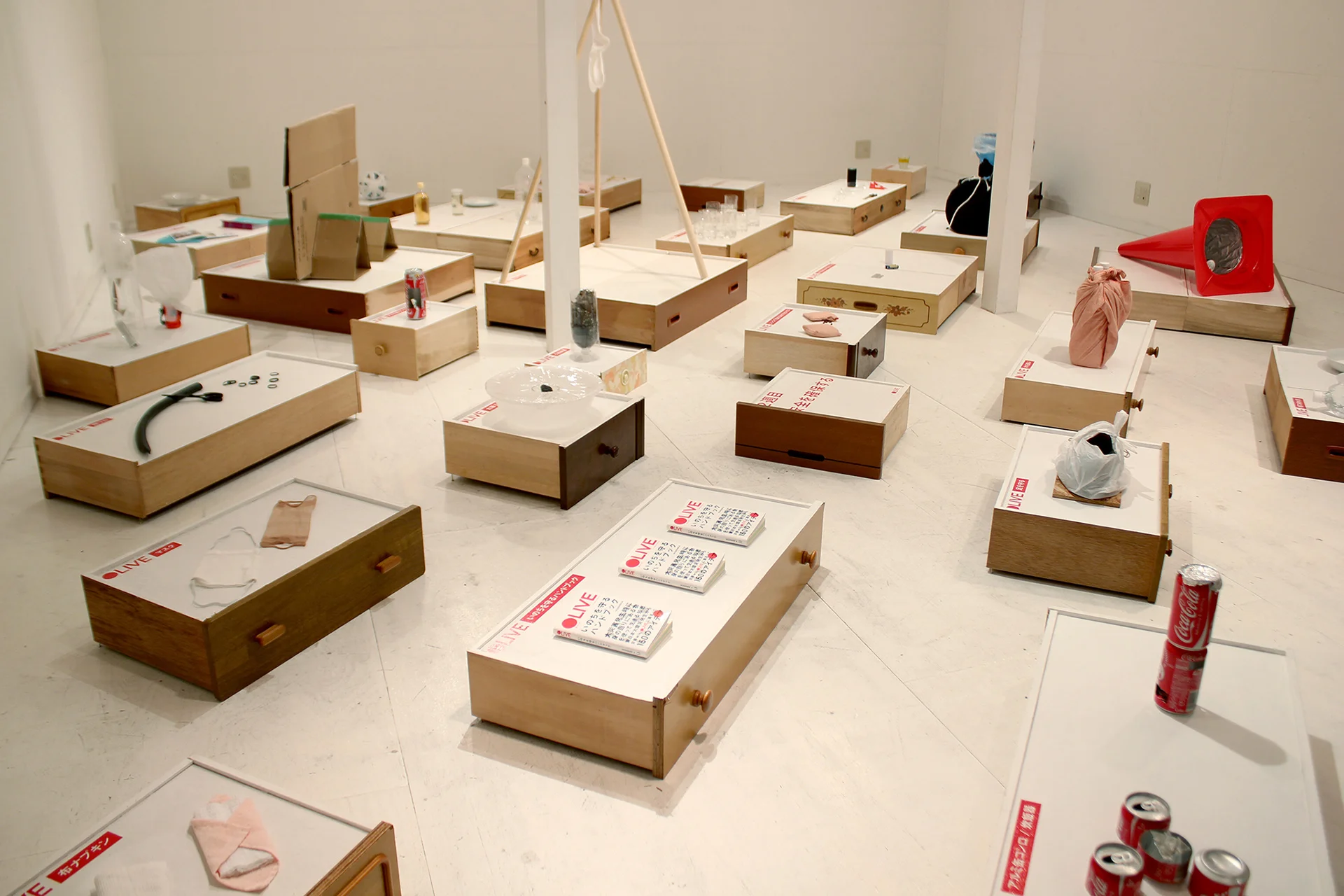
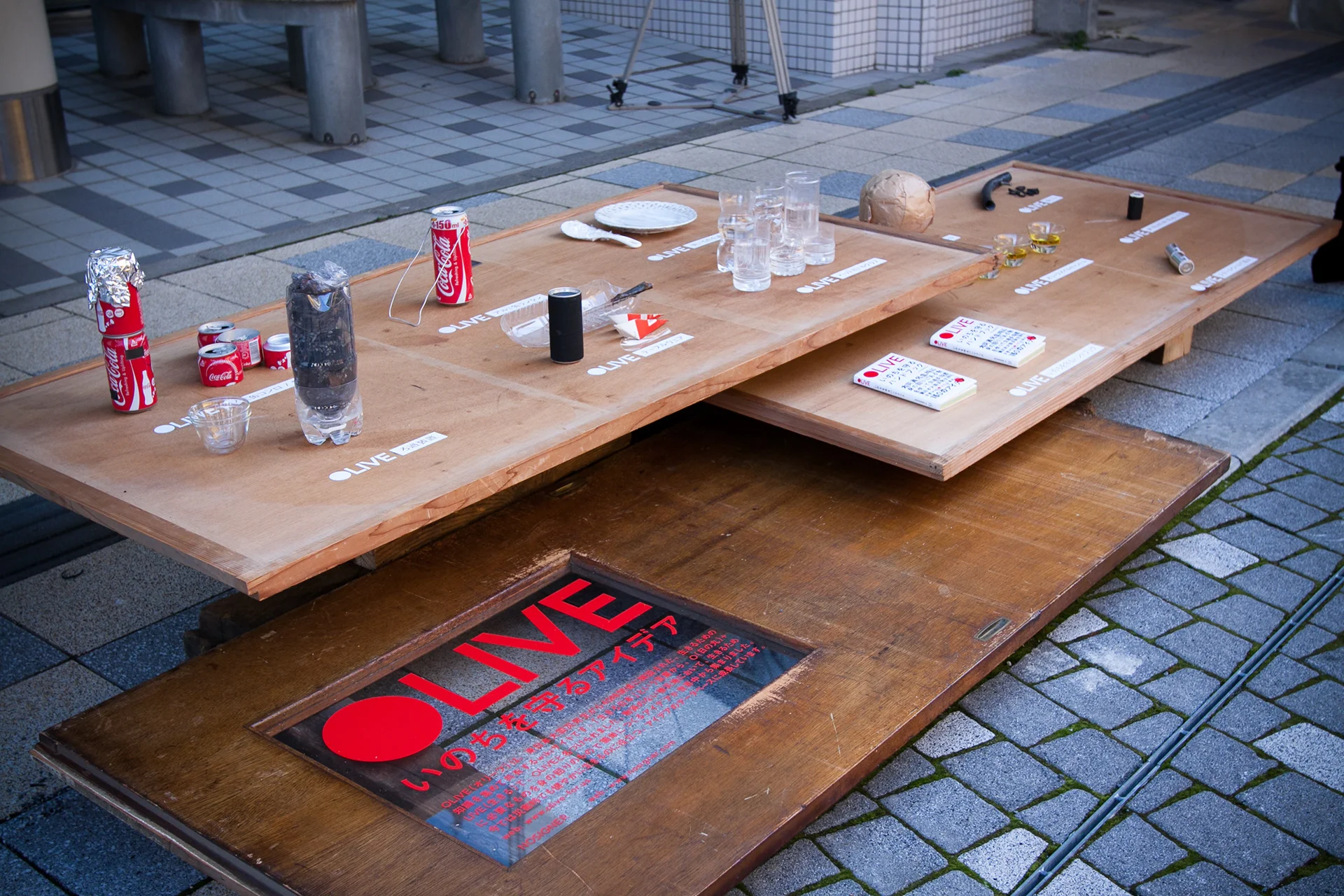
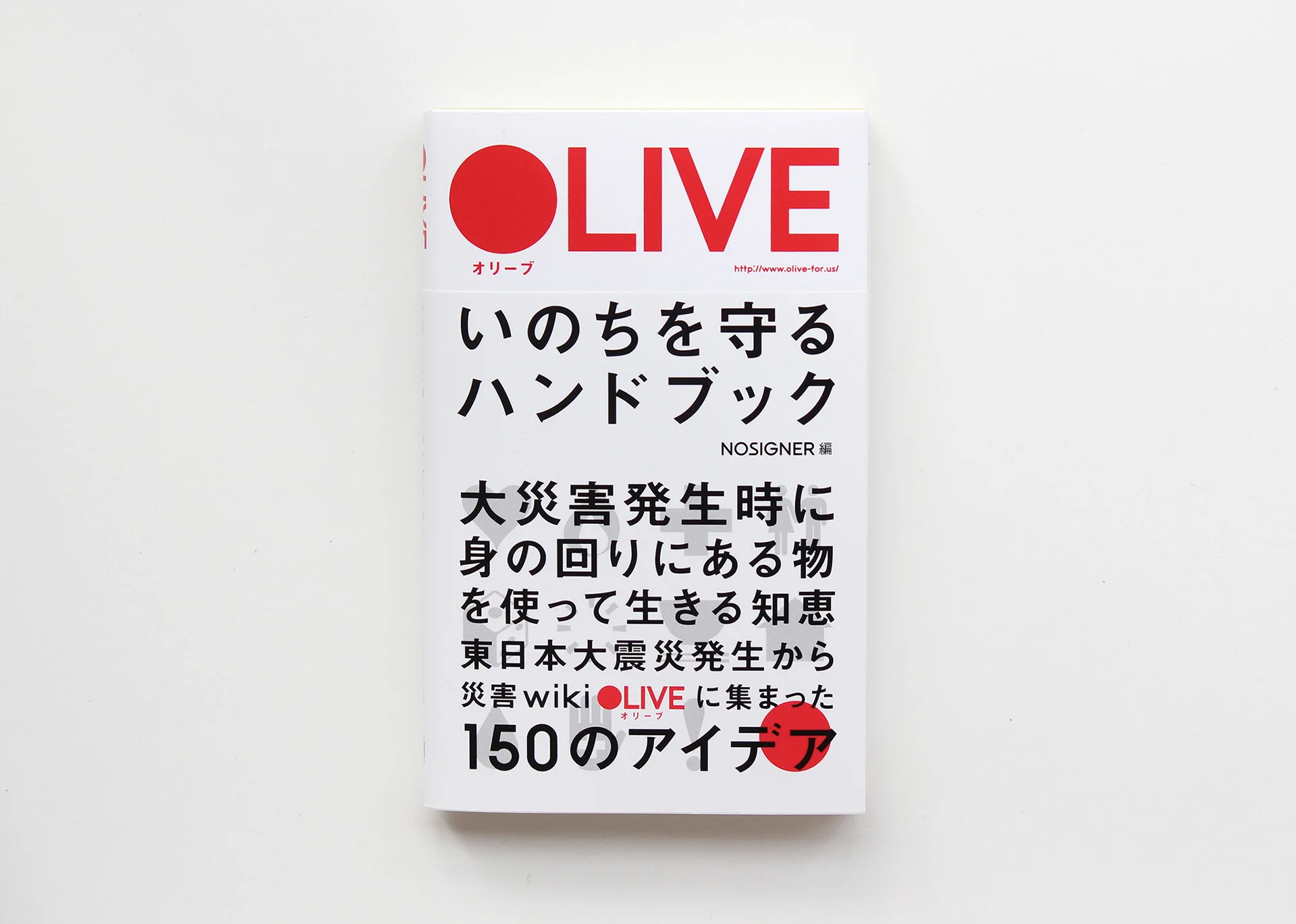
WILL
One of the world’s
most significant disaster
preparation projects.
The OLIVE book was published in September 2011 and continues to be a longtime bestseller, while 2013 saw the creation of the disaster prevention kit
These various initiatives spawned by OLIVE have won over 20 prestigious awards in Japan and abroad, including the DFA Grand Award, the DIA Intelligence Award, and the GOOD DESIGN Gold Award.
Even now, the information we have disseminated serves as an essential reference whenever disasters strike countries around the world. This initiative, which is rare even by global standards, has successfully demonstrated the power of design in times of disaster and become a landmark project in the history of design that has made its way into high school textbooks.
While the Great East Japan Earthquake and the resulting tsunami had caused the greatest damage in history, we have also witnessed a dramatic rise in the number of disasters caused by climate change in recent years. Record-breaking damage caused by hurricanes, typhoons, and localized torrential rain resulting from linear precipitation zones has been occurring every year in many parts of the world. In an era when we have no choice but to live alongside the disasters caused by the savage force of nature, disaster prevention will only become more important than ever.
We will continue to harness the power of communication design to raise awareness of disaster prevention in a fun and accessible way, and to make sure even more people are well-equipped to protect their own lives and those of their loved ones in case of emergency.

INFORMATION
- What
- OLIVE
- When
- 2011
- Where
- Sendai, Japan
- Scope
- Branding / Branding Strategy / Logo / Naming / Illustration / Edition / Infographics / Web and Front End / Book cover and inner page design / Exhibition / Concept Development
- Award
- BP Nikkei Design Smart Design Award Grand Prize “To Know” Category Award(2012)
- Japan Sign Design Award「いのちを守るアイデア巡回展」(2012)
- Golden A’ Design Award in Social Design Category(2021)
- SDGs
CREDIT
- Art Direction
- NOSIGNER (Eisuke Tachikawa)
- Graphic Design
- NOSIGNER (Eisuke Tachikawa)
- Web Design
- NOSIGNER (Eisuke Tachikawa), OLIVE SUPPORTER
- Manager
- OLIVE PROJECT, OLIVE SUPPORTER
